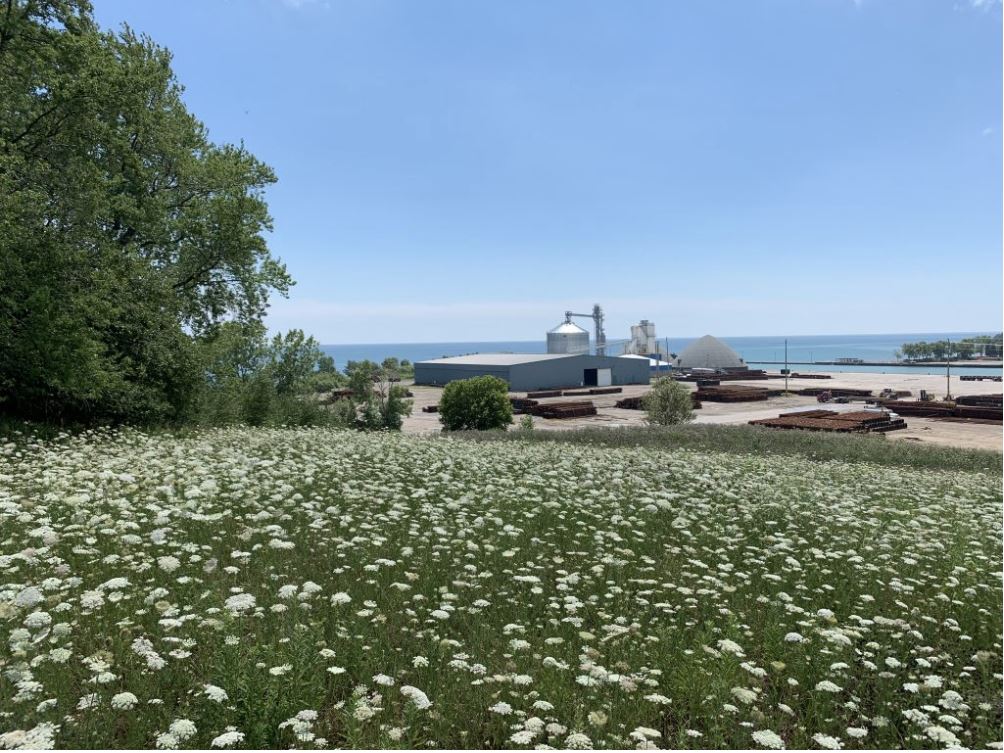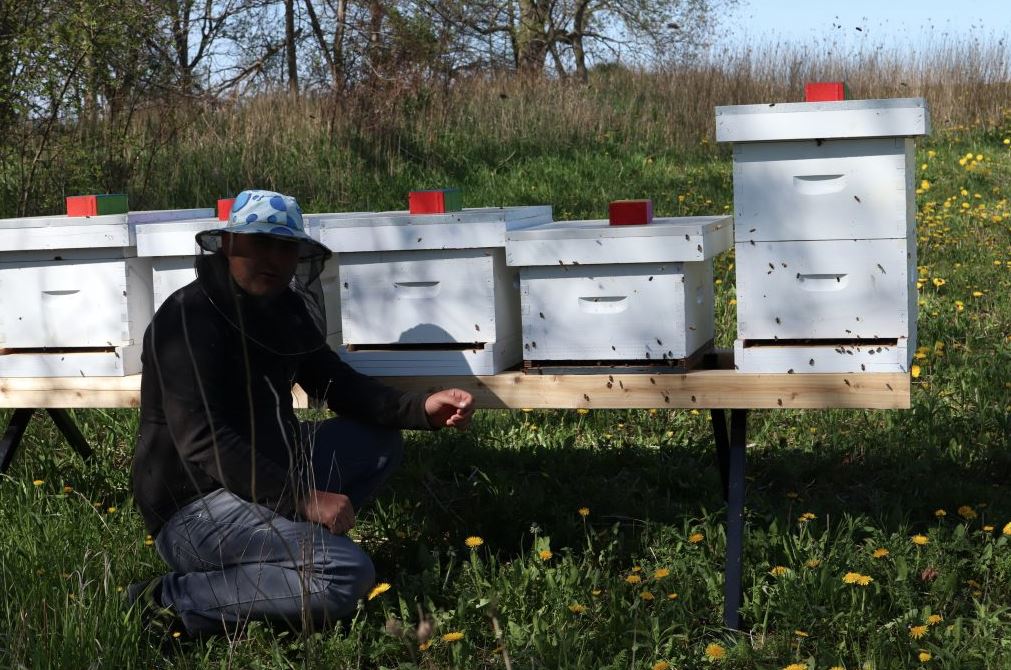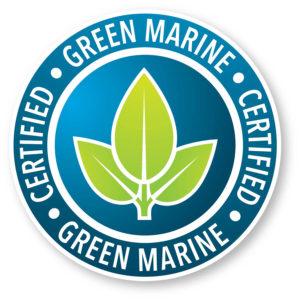Port Oshawa Durham Regions Gateway to the World
The Port of Oshawa is Durham Region’s gateway to the world, handling more than 500 vessels carrying over three million metric tons of cargo over the past decade. On average the port handles $23 million worth of cargo annually, from salt and steel products to asphalt and grain. The movement of cargo through the Port of Oshawa supports 294 jobs and generates $6 million in federal and provincial taxes annually.
Meet HOPA (Hamilton Oshawa Port Authority). Enjoy this video with an English transcript.
Oshawa is one of the few cities that can boast an airport, rail lines, a deep-sea port and a 400-series highway all within close proximity, offering importers and exporters a competitive edge. The port offers the benefit of a full seaway draft, a workforce skilled in handling all types of cargo and access to world markets through the St. Lawrence Seaway.
HOPA Ports are responsible stewards of the environment and are an active partner in the protection of the environment. Priority environmental initiatives taken at Port Oshawa include collaborating with external organizations to promote biodiversity.
In 2021, Aromath Beekeeping installed bee hives at the top of the berm on the east wharf. In an interview with Cosmin of Aromath, there are a variety of pollinating plants and resources in the area for bees, such as trees and dandelions. The Second Marsh is close by, providing additional resources.
HOPA Ports is a founding member of the Green Marine Program that has 175 participants across North America. Participants benchmark their annual performance, have their results accredited by an external verifier and publish their results. According to Green Marine’s standard, Level 1 means meeting the regulatory standard, while Level 5 means leadership and excellence.
HOPA maintains a comprehensive Environmental Policy which will continue to guide its day-to-day activities, providing protection of the ecosystem and environmental features around the Port. HOPA Ports works in collaboration with organizations such as the Second Marsh and Central Lake Ontario Conservation Authority on initiatives to ensure the Port’s natural areas are protected and invasive species are managed.




